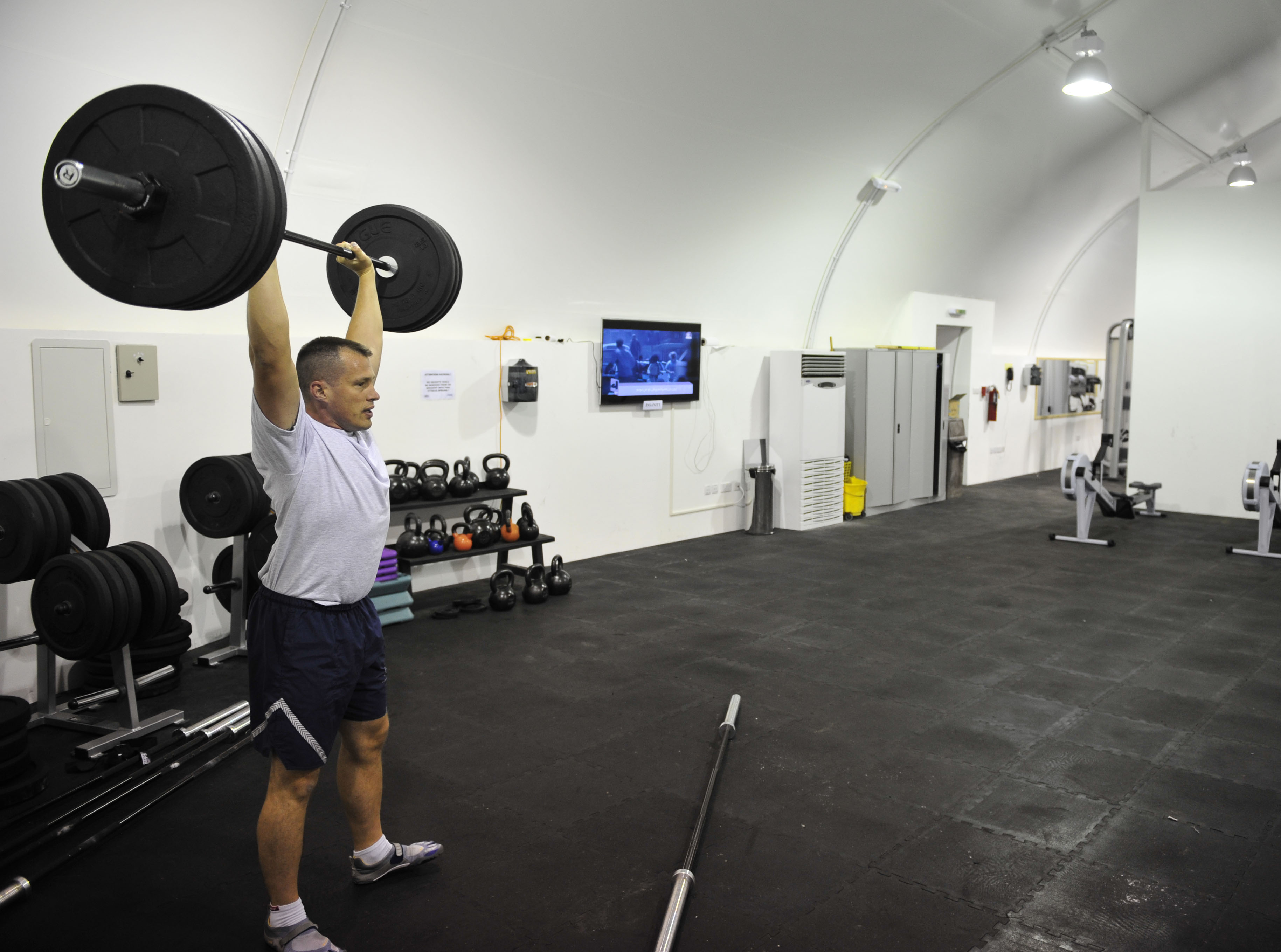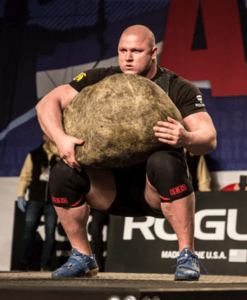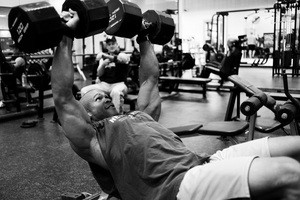Exercise prescription is a key aspect of the health and fitness industry.
Instead of choosing exercise based purely off what you enjoy – understanding exercise prescription is the key to staying motivated and on track towards your goals.
Finding your Way
Where is your training leading you? Often times people have no idea where they’re going. Or what for.
In even the simplest models of exercise motivation, we know that human beings can’t get by simply by knowing the what – this is where exercise prescription becomes so important.
Despite living in an abundance-providing production era, where the “experts” among us are quick to develop the latest routine, diet or newest exercise, we can’t get by on this information alone.

Converting motivation into action needs to at least vaguely satisfy the following:
- How – How will you go about achieving your goal?
- What – What will you do to get there?
- Where – Where will it take you? Where do you need to be? Where do you need to train? (e.g. gym, outside etc.)
- When – When do you need to achieve your goal by? When will you be training?
- Who – Is this a goal you’ll be aiming to achieve on your own? Will you be training with others? (e.g. a spotter).
- Why – This is the primary reason. It’s the internal drive that we use as fuel to work us towards an ultimate goal.
Make no mistake, this isn’t a goal setting framework. This is simply acknowledging the importance of each characteristic when it comes to gaining true understanding, inspiration and action.
Start with Why
You may have heard of an International Bestselling Book called, “Start with Why (2)” by phenomenally talented author and speaker, Simon Sinek. If not, I’d strongly recommend you give it a read.
But anyway, the core principle of the book is that, to paraphrase…
Human inspiration and action is predicated on the reasons “why” we do things.
This very notion, is the root of most successful businesses, athletes and almost anyone you could think of. Those that thrive, continuously communicate the “why” with their staff/employees, as well as using it as a marketing slogan for customers.
Understanding why; forms the what, where, when and how

WHAT?
Learn the topic.
What is a Needs Analysis?
A needs analysis is the step in which the designers and experts collaborate and determine the needs of the athletic program (1).
Now, this is usually reserved to the sporting/athletic world, involving comprehensive coverage of bio-mechanical demands, comparison to normative data for the sport in question and several other components that form the foundation for optimal exercise prescription.
However, as you will see later on, there are “standards” you can compare yourself to be healthy. And there are valuable lessons to be taken from the action of performing a “Needs Analysis” that can be applied to everyone’s exercise journey.
We do it for business. We do it for our job. Personal, financial and every other aspect of life. It’s time to set some standards for our physical health.
2 Layers of Exercise
This is a recent analogy I used to help explain, in my opinion, the way in which everyone should view exercise.
Layer 1 – Exercise prescription based off weaknesses or areas for improvement. Links to your cardiovascular health, joint stability and all the other aspects of your training you don’t like doing.
Layer 2 – The Emotive “Goal Setting” Layer – This is the area everyone lives their lives and experiences every aspect of their exercise journey.
I was a victim of being bound to the “emotive” layer until recently. It’s the realm in which you flood your YouTube history with exercise motivation videos, watching Dwayne Johnson training, or music from Hanz Zimmer played over Marines pushing themselves to the limit.
Now, there is a time and a place for this. It’s awesome…watch this video and try and tell me you don’t feel ready to go out and crush some PBs after seeing that…
However, if you’re needing to use these things to motivate yourself to do a set of walking lunges or your active recovery cardio, then you can hope that they will be the first things to fall off the bandwagon.
Pills and Potions
Think about it, when ever most people become ill, the main way of dealing with it (after Googling your symptoms and panicking about a potentially fatal condition), you head to the Doctors and they prescribe you medicine.
It’s a systematic approach that has and continues to work, decade after decade.
You rarely have to “motivate yourself” to take the medication. Whether it’s the authoritative position of the Doctor or the fancy packaging, you take the medicine no questions asked.
However, when it comes to exercise, people often view every facet as a choice that they are able to make.
“I won’t do that machine because I don’t like it”.
“I won’t do that exercise because I feel like I look stupid”.
“I’ll do that exercise because it’s comfortable and I enjoy it”
Exercise prescription solves that problem.
WHY?
Learn the science and theory.
Too Many Choices
The issue we have today is that we’re flooded with options. There are literally hundreds of different exercises people can perform to target their quadriceps. So, in the same way you feel overwhelmed when glancing over a menu at a new restaurant, many people are so unsure of which exercise to pick from…they stall and don’t do anything.
Although exercise variation is a key aspect to keep you motivated, the issue with there being such an abundance available is – your competence of knowing what is effective and worth your time.
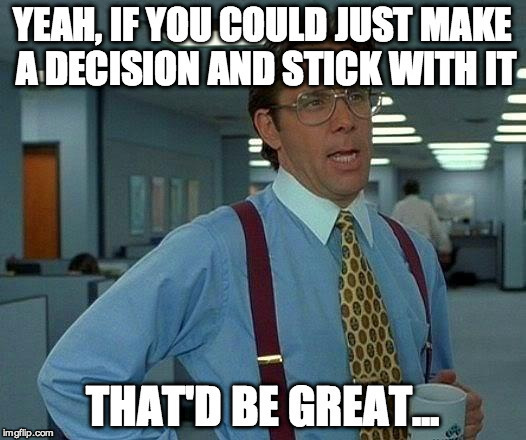
Without going off topic too much, this is one of the major issues of the millennial generation. Being told from a young age to “listen to yourself” or “go with what your heart tells you” sounds like a good idea…at first.
Combine this with the “participation trophy” ideology we have, results in an externally inflated self-confidence of people who don’t know how to ask for help, being told to make decisions with which they have no experience.
In a way, the same can be said with exercise prescription.
The Barrier Theory – Enjoyment and Adherence
As mentioned before, it’s human tendency to avoid one thing – discomfort.
We avoid the things we don’t like. Even down to the foods we eat. I mean stop and think about it for a second…
We know certain foods are good for us. They can increase our overall health and yet if they don’t taste nice….ew. I’m not going near that.
When it comes to exercise (and diet) there are thousands of factors that we can discuss, but the first key barrier is adherence and consistency.
The concept of adherence is predicated on one thing – making a decision.
Which is influenced by two voices:
- A coach – I’m a full time 121 coach and love my job. One of the hugely rewarding (and probably most surprising) aspects of my job is that people will do what I tell them to. Regardless of what it is. And that’s because they trust in my competence.
- Internal Dialogue – this is the one that ultimately makes the decision. Your internal dialogue (if reinforced by a coach) gives itself a little nudge in the right direction. However, if that external figure head isn’t there, you have to make the decision yourself.
Adherence is an issue, but from my experience, it’s usually for the wrong reasons.
It’s not necessarily being unsure of what exercises to perform – it’s how and why to perform them.
Layer 1 – Build Momentum
As mentioned earlier, it helps to view exercise in 2 layers. We will approach layer 2 at a later date…for now, we need to understand layer 1 as a means of exercise prescription to attack weaknesses and address any issues we have.
This is where the needs analysis comes in.
A simple (or comprehensive) health check will directly reveal things that you can work on as a means of bettering yourself. These are objective metrics that can’t be reasoned with and don’t need “exercise motivation” to improve.

It’s the reason I tend to recommend people to pursue performance over appearance, as the notion of improving your appearance is dependent almost exclusively on how you feel about yourself – which can change at the drop of a hat.
Once you have conducted the needs analysis for your prescriptive exercise, you can begin addressing each point systematically. Each time you perform the relevant “exercise prescription” you also receive all the mental benefits that a motivational Youtube Video brings.
Exercise motivation – It’s all about building momentum.
HOW?
Learn the implementation.
Metrics to Analyse
If you’re unsure of where to start, what goals to set or what to pursue. You know you should be training, but feel like you don’t have the “get up and go” you’ve had before. You need to stop focusing on what you “want” and instead, fix your attention towards what you “should” be able to do to even be considered a strong, healthy human.
As with most things, it varies from person to person based off your current training experience, recent injury history, personality type and so on. There is a slight issue, in that there isn’t an objective, gold standard of what we should all be able to perform. There are several different models out there for assessing/screening an individual, so I’ll only talk about the system I use for myself and all of my clients.
Let me repeat that.
These are not gold standard, absolutes that everyone has to be able to perform. But it’s a great place to start.
Health Markers
WHAT? | HOW? | WHY? | NORMATIVE DATA |
|---|---|---|---|
Resting Heart Rate | Heart Rate Monitor | Resting heart rate gives you a basic understanding not only of your cardiovascular fitness, but your current fatigue level (relatively to a baseline). For example, if your resting heart rate is usually 70bpm, and then a week later it's sitting at 78bpm, chances are your body is in need of a little R&R. | |
Blood Pressure | Blood Pressure Monitor | Blood pressure is a great indicator of internal health and it never hurts to know how your heart is getting on in there. Take the time to record it and see where you should be. | |
Hip to Waist Ratio | Tape Measure | This measure is becoming increasingly more reliable and slightly more accurate than BMI (particularly in active populations). | |
Body Weight | Scales | As much as we could argue this doesn't matter, many people like to place a metric on their weight. So it is a plausible thing to use - but I wouldn't recommend it. |
Basic Performance Markers
WHAT? | TEST | STANDARDS TO PURSUE | AIMS |
|---|---|---|---|
Squat | Perform a full body weight squat with your hips below the crease of your knee. | 1.5 - 2.0x Bodyweight Back Squat - (Shown in the research to decrease injury risk and improve athletic performance (3)) 40-50% Body weight Goblet Squat 60 sec Isometric Squat | - Assume and maintain a neutral spine with no excessive curvature at any segment. - Heels stay flat on the ground. - Neutral, triple alignment of the ankle, knee and hip. |
Hinge | Perform an effective, safe and stable hip hinge, assuming and maintaining a neutral spine position. | 1.5-2.5x Bodyweight Deadlift Romanian Deadlift (80% of 1RM Conventional Deadlift) Single Leg Romanian Deadlift (25% of 1RM conventional Deadlift) | - Assume and maintain a neutral spine with no excessive curvature at any segment. - Neutral, triple alignment of the ankle, knee and hip. |
Unilateral | Possess balanced unilateral strength and stability in both legs and arms. | Single Leg Stands (60 secs with Eyes Closed) Walking Lunges - 5 minutes continuous with 10% body weight Full Depth Pistol Squat | - Assume and maintain neutral spine with no excessive curvature. - Maintain balance at the pelvis, with either hip being equal height. - Neutral, triple alignment of the ankle, knee and hip. |
Horizontal Push | Effectively push in a horizontal motion away from the body. | Body weight Pressup 0.5-1.5x Body weight Bench Press Single Arm DB Press 25% of 1RM Bench Press | - 45 degrees at the shoulder/glenohumeral joint. - Stable scapula position (i.e. no winging or excessive elevation). |
Horizontal Pull | Effectively push in a horizontal motion away from the body. | Renegade Row (25% of 1RM Bench Press) Inverted Rows (10 reps with body weight) | - 45 degrees at the shoulder/glenohumeral joint. - Stable scapula position (i.e. no winging or excessive elevation). |
Vertical Push | Effectively push in a vertical motion, extending the arms overhead. | Military Press (50-75% Bodyweight) | - Vertical forearm position. - Neutral spine: avoid excessive extension in the lower back. - "Hide ribs away" to keep abs tight. - Limited scapula elevation during the press. |
Vertical Pull | Effectively pull in a vertical motion. | 5-10 Body weight Pullups | - Vertical forearm position. - Neutral spine: avoid excessive extension in the lower back. - "Hide ribs away" to keep abs tight. - Limited scapula elevation throughout the movement. |
Find your Why Or Just Do It Anyway
It’s all about your mindset.
After reading David Goggins’ Book – “Can’t Hurt Me”, one major thing I took away was that under the heat of agonizing pain and discomfort brought on by physical endeavor, you will repeatedly ask yourself –
Why?
Why do what I’m doing? Why put myself through pain and discomfort?
If you are answering that question with something that is subjective, based off a decision you made after your New Years Day cup of tea in bed in the morning…you can almost guarantee it won’t come to you in your hour of need.
Going back to the Layer Theory…
Layer 1 doesn’t rely on your decision. It’s exercise prescription and a necessary part of your routine. The same way you wash your clothes, make your food and get up at 6:30am for work in the morning. This isn’t necessarily the place in which your hopes and dreams of being the strongest, fittest version of yourself will be created. But it gives you the momentum to pursue those goals at a later date. In the mean time, you need to do what has to be done.
Simple Fix to Adjust your Mindset
Go Both Ways
Stop rewarding yourself.
“Are you telling me, that in the glorified world we live in of Instagram and filters, are you honestly telling me not to be nice to myself?!”
In a way…kind of yeah.
I am saying, you should reward what deserves to be rewarded. It’s simple, unless you have a genuine difficulty understanding why exercise is so important to your health then simply turning up at the gym shouldn’t be something that requires a parade of petals raining down on you as your fed grapes and wafted with palm leaves.
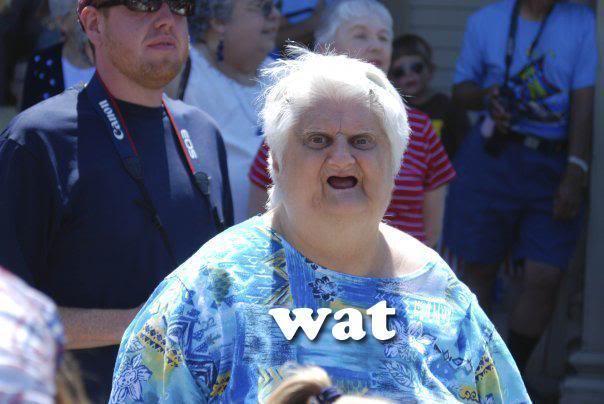
Hit a PB? Well done. Credit where credit is due and you should feel good. Reward yourself for that.
But if you hate doing lunges, when you know full well you should be doing lunges…you shouldn’t then get a reward, simply for doing lunges.
Summary
- Start with why.
- Learn your layers – Layer 1 is the answer to your motivation, not layer 2.
- Form your why behind things you must do, against objective standards (e.g. markers on your health) rather than the things you “think you want to have”.
- Compare yourself to some objective standards? If there are areas to work on – pursue them relentlessly.
- Reward what deserves to be rewarded. It really is that simple.
- P.S. How great are memes.
Reference List
- Haff, G. G., & Triplett, N. T. (Eds.). (2015). Essentials of strength training and conditioning 4th edition. Human kinetics
- Sinek, S. (2009). Start with why: How great leaders inspire everyone to take action. Penguin.
- Stone, M. H., Moir, G., Glaister, M., & Sanders, R. (2002). How much strength is necessary?. Physical Therapy in Sport, 3(2), 88-96


